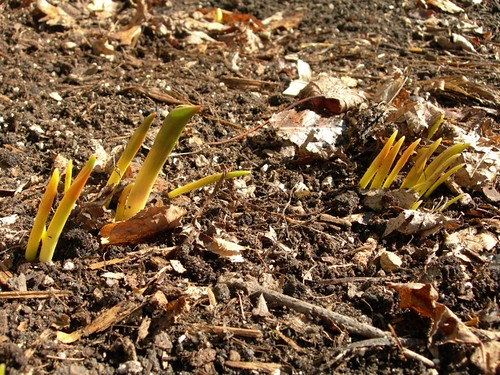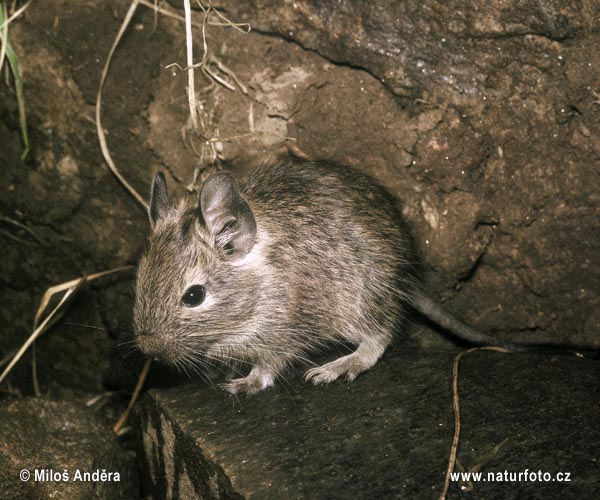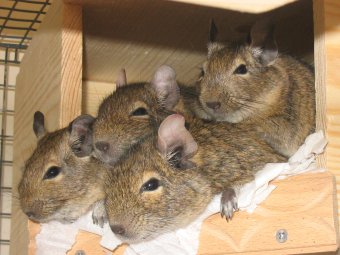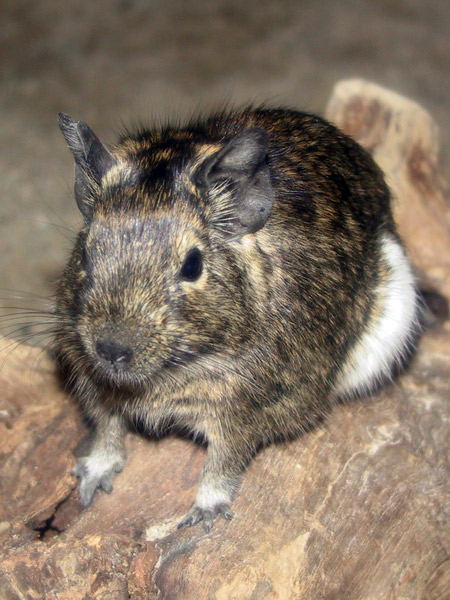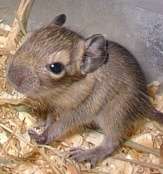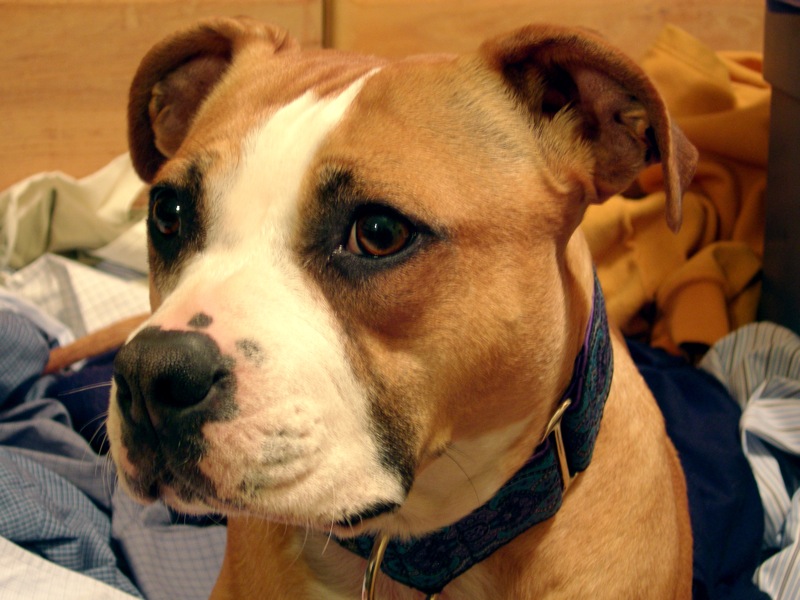I hope you're doing well! This seems to be the week when most of the buds on the trees are finally opening, and the earliest crocuses and hyacinths are at their peak. Plus this flower which is my all-time favorite color:
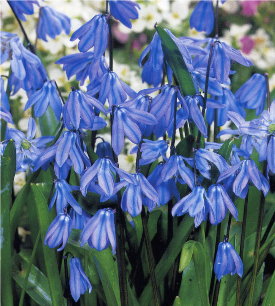
It's called the Siberian Squilla. (I didn't know that before.) I need one billion bulbs for my whole yard, methinks.
To celebrate the warm weather on Saturday, R and I thought it was time to expose our dog Stella to the Minnesota Valley National Wildlife Refuge.
Being a super-dog, Stella leapt over this raging torrent:
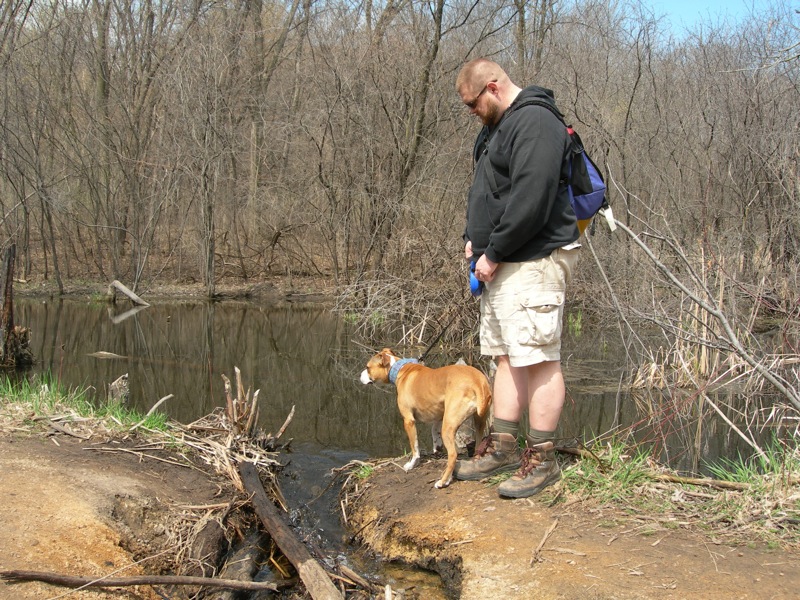
We went out on a pier to expand our view of the sky and sea:
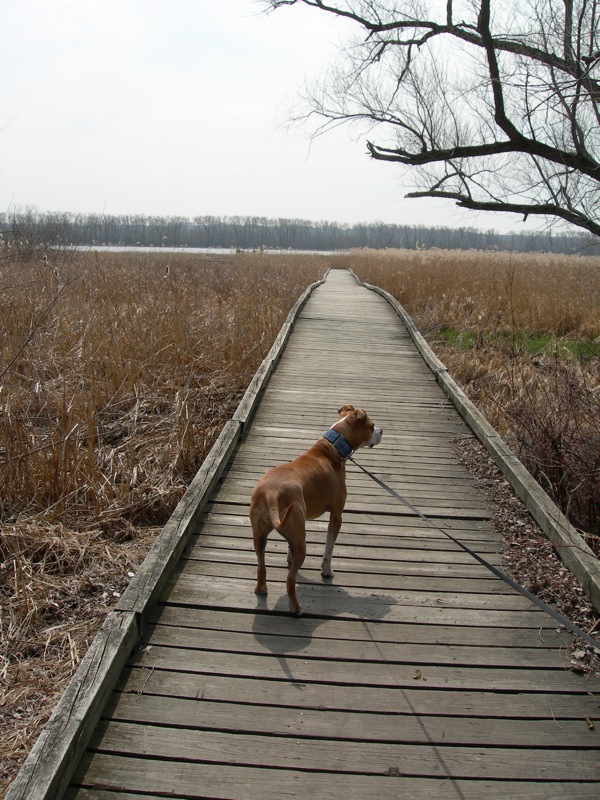
Is that a swan in the background?

I warned Stella to be on the lookout for the Wild Beaver:
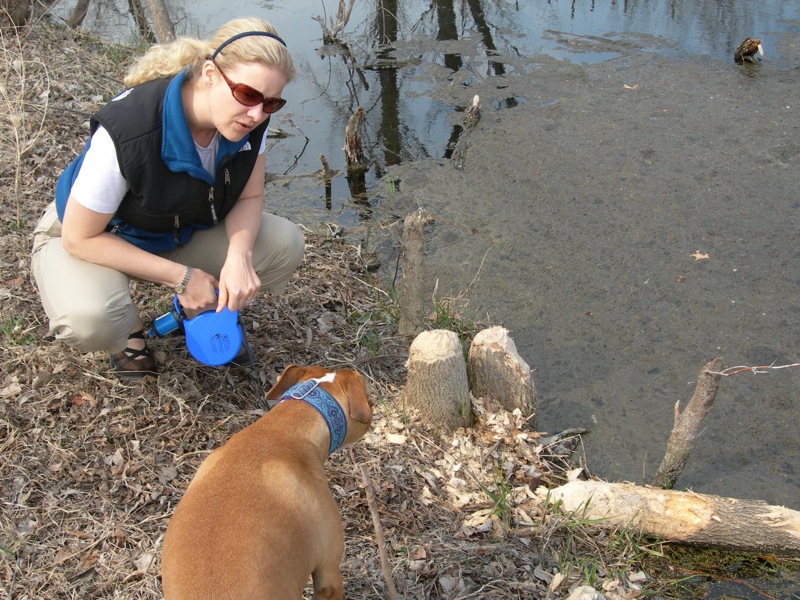
We headed into the forest trail. I think this could be the Minnesota State Flower, the Showy Lady Slipper. Or maybe its orchid cousin, the Moccasin Flower.

We'll have to go back to see!
The one blooming flower we saw was the lovely Marsh Marigold:

I love little springs like this:
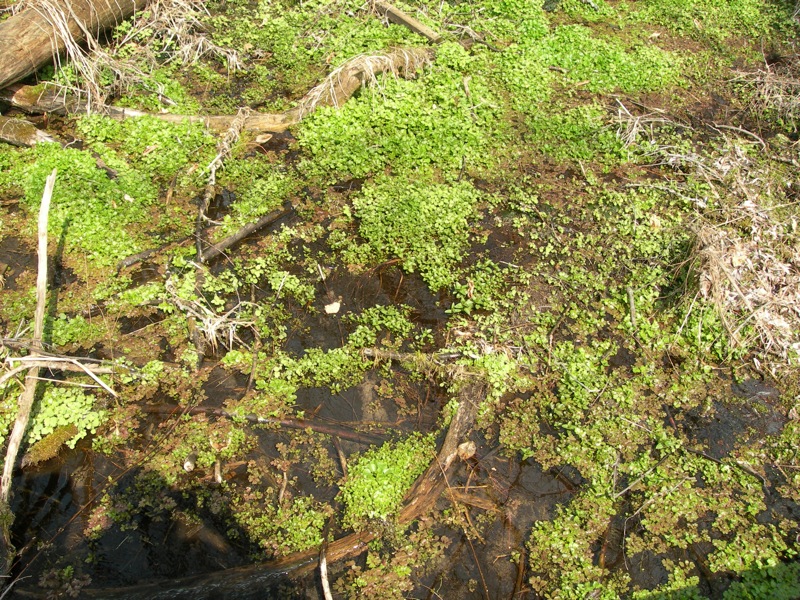
At this point the walk got VERY exciting. While R and I are animal lovers and photographers, Bobo-dog is a terrier, bred to hunt quickly moving small critters! A rodent narrowly escaped her initial pounce. Stella's second leap off trail resulted in this critter getting the heck out of there:
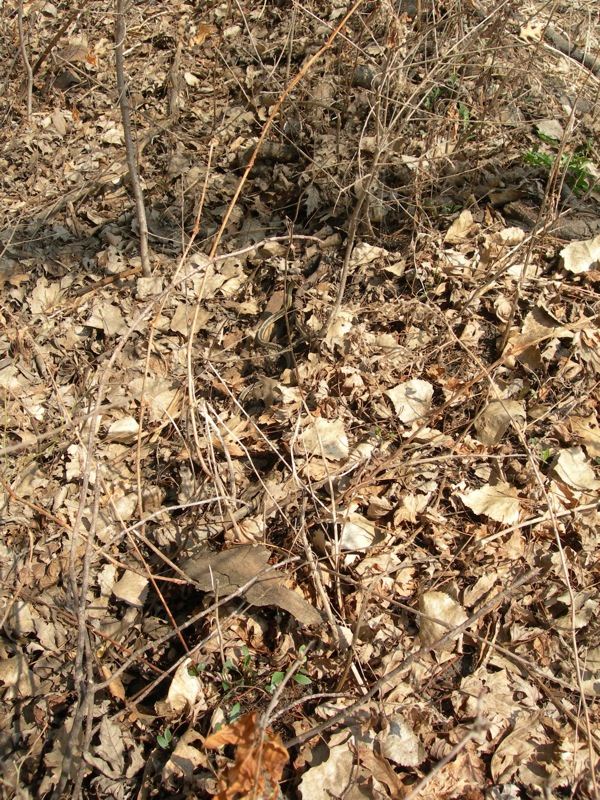
(Can you spot the garter snake)!?!
Unfortunately Stella did successfully root another rodent out of the leaves...perhaps a gopher? It may have been left the worse for wear. I felt badly about this, but then again, as a rodent in a giant wildlife preserve, it might not be the best idea to live right next to the trail!
Encouraged by her previous hunting skills, Stella strongly believed she could catch some geese:
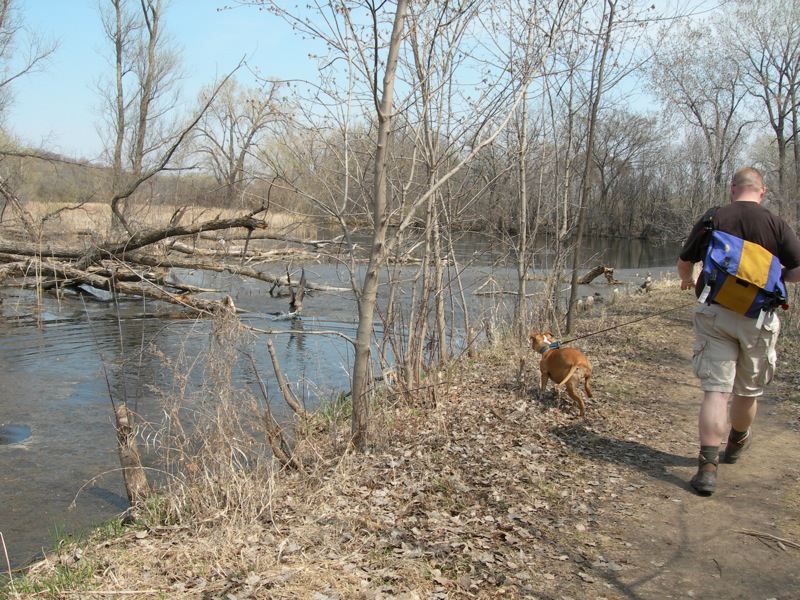
Check out the Minnesota River Valley Preserve; fun for the whole family!


Huggies,
Wendell!
